Why “Little Demon” pushed me to cancel my Disney+ subscription
A critical look into the materials and motives of the streaming behemoth.
When someone mentions Disney, I automatically think of children, magic, and living happily ever after.
At least, that’s what I used to think. Now, my thoughts aren’t so naïve.
I think it might’ve been when I watched Disney’s Frozen for the first time. I was captivated by an epic snow mountain scene where the main character, Elsa, sings Let It Go. The song tells of how Elsa is breaking free from the expectations of how others want her to act and be. However, a few lyrics caught my attention:
“To test the limits and break through;
No right, no wrong, no rules for me;
I’m free”
In the context of the children’s movie, the lyrics seem innocent. However, when you look at them closely, what do they set the precedent for? Are children supposed to “test the limits?” What are kids supposed to think when their idol and hero, Elsa, sings that there’s “No right, no wrong, no rules for me?” The lyrics explicitly imply that rebellion leads to freedom. Is this a message that children should be consuming?
If you ask anyone around you, chances are they at least know of the song Let It Go, if they don’t have every lyric memorized. The song has over 816 million views on one YouTube video alone. Don’t misinterpret what I’m saying — people listen to the song because it’s a catchy tune and Idina Menzel, who plays the character of Elsa, has an incredible voice. However, caught up in the dynamics of the song, have we subconsciously made the connection between rebellion and freedom and acted upon it without really noticing?
And it’s not just Frozen.
It’s Cassian visiting a brothel in Star Wars: Andor, Emil Blonsky having 9 partners in She-Hulk, and Winifred, Sarah, and Mary practicing witchcraft in Hocus Pocus 2. It’s the drinking, smoking, cussing, blasphemy, graphic violence, objectification of women, and sexually implied content in nearly all new material that Disney produces.
Knowing all of that, I was still shocked when I learned that the new series Little Demon would be available on Disney+.
Now, before we get into it, there has been some confusion if Disney actually produced the series. I’m here to set the record straight.
Little Demon was produced by FX Productions. The Walt Disney Company took control of the FX productions through its acquisition of 21st Century Fox in March of 2019.
So, yes, it’s Disney.
Little Demon is also available on Hulu, which Disney took control of as well when the company purchased 21st Century Fox.
In order to give you some background information, here’s the overview of the series from the Disney+ website:
“13 years after being impregnated by Satan, a reluctant mother, Laura, and her Antichrist daughter, Chrissy, attempt to live an ordinary life in Delaware, but are constantly thwarted by monstrous forces, including Satan, who yearns for custody of his daughter’s soul.”
Huh?
Against more sound judgment, I decided to watch the first episode (titled “First Blood”) to see if it was as bad as it seemed.
So, I sat down, buckled my mental seat belt, and clicked ‘play.’
And boy, was I sure horrified. Not because the content itself was scary, but because of the terribleness of material the first episode covered.
Little Demon truly had it all: graphic violence, profanity, animated nudity, gore, drug use, gun irresponsibility, and witchcraft. It also had the occasional sprinkle of sorcery symbols, pagan rituals, beheaded beings, dismembered bodies, liquefied flesh, blood sacrifices, and the logo of the Church of Satan. Did I mention that the overview of Little Demon states that the series features a woman who is “impregnated by Satan” and gives birth to an Antichrist daughter? Just making sure.
The show seems to aim to downplay Hell and the perils associated with demons with animated satanic imagery (like that makes it any better?). It’s no stretch to say that Little Demon glorifies the practice of Satanism and presents it to the masses in the guise of an animated television series.
In one scene, Chrissy — the main character who also happens to be the Antichrist — kills two male bullies in the girls’ bathroom and brushes it off like it’s nothing, even though it’s her “First Blood” as the episode title states.
When the character of Satan (Chrissy’s dad) is introduced, he isn’t represented as an epitome of the forces of evil. Instead, Satan is illustrated as an average, but cool, dad . . . he even wears a cardigan!
Perhaps the saddest parts of Little Demon to me were the elements that most TV series and movies have . . . elements that were easy to overlook because of the overarching and unnerving demonic themes. The show normalized not just split parents, but parents who don’t have a good relationship with one another or their children. It also promoted partying with drugs and alcohol in an attractive light. Need I remind you that the main character is 13, barely even in her teen years? I was also disturbed that Little Demon portrayed witchcraft as a positive force to fight evil.
Although the Walt Disney Company and FX Productions claim that the series is marketed toward adults, a simple glance at the cover dismisses this idea. Chrissy, the main character in the show, is a teenager in high school. In fact, at only 13, the main character hits a milestone of puberty in the first episode, which is very graphically depicted. The series cover is attractive and hardly implies any type of adult content.
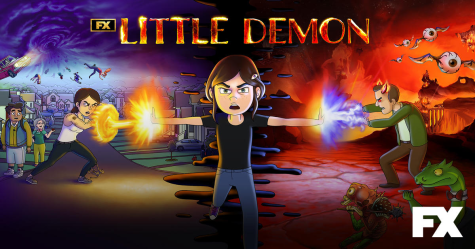
Now, what is especially interesting is that Little Demon is rated ‘TV-MA.’ To put this into context, ‘TV-MA’ is part of the television and broadcasting rating system. ‘R’ is part of the movie rating system. Both ‘TV-MA’ & ‘R’ are the highest allowable ratings a TV series or a movie can receive.
Therefore, a ‘TV-MA’-rated series is equivalent to an ‘R’-rated film.
According to tech expert Michael Xavier, “A ‘TV-MA’ rated show is basically the equivalent of an R rated movie, but usually worse.”
In order to watch material of either rating, the FCC recommends that you be at least 17 years of age, meaning that more than half of the high school shouldn’t be watching anything with a rating comparable to that of Little Demon.
This is interesting to me because when Disney+ launched, the company vowed to keep ‘R’-rated content off of its streaming service. However, in July of 2022, Disney added Deadpool, Deadpool 2, and Logan to its platform, joining nine other ‘TV-MA’ shows, such as Daredevil, and breaking their 2019 promise that they wouldn’t include any content higher than ‘PG-13.’
Honestly, I’m appalled. People who are looking for ‘MA-TV’ or ‘R’-rated content have a multitude of streaming platforms to choose from. Disney+, when first launched, was one of the only ones geared towards families. Why does Disney seek to introduce mature content to their supposedly family-oriented service if they own another platform, Hulu, which is known for more mature types of movies and TV series?
It doesn’t add up — unless the company is so focused on making a profit that they’re willing to sacrifice moral integrity.
This is the point in the article where you may say, “But Cooper, there are parental controls!” And to that, you are right. However, on my Disney+ app, only once did it prompt me that mature content had been added and that parental controls were an option; It didn’t make me set it up by default. After that, there was no mention of it again. If a child is using the app and their parents aren’t nearby, how easy would it be for parents not to know of the significant change? After all, parents purchase Disney+ because the word “Disney” correlates with children and family in the minds of many. In addition, how many parents have you seen give their child free reign of a phone or a tablet without supervision? An unsuspecting youngling can very easily click on an enticing series cover and start watching a mature show. Disney should be ashamed of the very possibility of that happening, as it should never have been allowed in the first place.
A commonly known phrase in America is “Garbage in, garbage out.” This means whatever goes into your eyes and ears makes its way into your heart and will eventually—somehow and someway—make its way out. If we’re actively consuming media that has the types of themes showcased in Little Demon, then what are we setting ourselves up for as a society? What is Disney promoting? By producing, supporting, and marketing their content, is Disney, and by default, Disney+, actively leading to the degradation of the morality of our society? Especially right now in our country, where polarization is at an all-time high, it feels as though Disney has more content that’s divisive at the moment than content that is unifying, divisive content that causes disagreements instead of content that promotes good morals and values and living in harmony with one another.
So, why are some still reluctant to unsubscribe from Disney’s streaming service? The answer is easy: Disney intentionally traps customers. Disney will come out with a movie in theaters, make a series about it exclusively on Disney+, and release another sequel or prequel movie in theaters afterwards. However, if you don’t have access to Disney+, and therefore the series that was released in between movies, you’re completely lost while watching the second installment. It’s a frustrating feeling to not know the context of what’s happening in your favorite movie series. And Disney certainly wants to keep it that way. After all, why wouldn’t they? It’s a super smart (although avaricious) move on their part.
If you didn’t already figure out by the title (it’s kind of obvious), I’m canceling my subscription to Disney+. I don’t want to support a company that profits off of mature content and makes it readily available to children. I don’t want to watch content that goes against the very morals that Walt Disney founded his company on. What happened to the magical tales that taught children an important lesson in life? What happened to the movies that united families? What happened to the standards that we used to have? Because right now, Disney seems to have none.
With all of that being said, it’s not surprising to me that despite having over 220 million subscribers, it’s been reported that “Disney+, Hulu and ESPN+ combined to lose $1.1 billion in the fiscal third quarter,” of 2022.
While my action of unsubscribing may be small in comparison to the millions of subscribers Disney+ has, a small gust of air can still create a hurricane.
So today, I’m choosing to stand up for what I believe in and not be complicit with what content I consume.
What will you choose?
——————————————————————————————————————————————–
**UPDATE (5/19/23)**: The Walt Disney company will now be removing 50+ titles—nearly every piece of content that caused controversy from the public—on both Disney+ and Hulu on May 26, 2023. Included in the list is the star of the show, Little Demon. This drastic move is most likely due to Disney’s 2023 Quarter One Report that revealed “Disney Plus . . . lost 4 million subscribers in the first three months of 2023” which is the service’s second straight quarterly decline after losing over $1.5 billion and 2.4 million subscribers in the fourth quarter of 2022.
For the time being, I’m celebrating :)

Cooper is a senior at Delphi and is pumped about participating in Parnassus for his second year. When not drowning himself in schoolwork, Cooper participates...




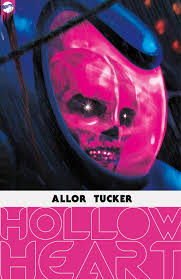




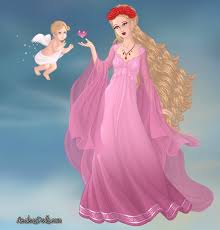




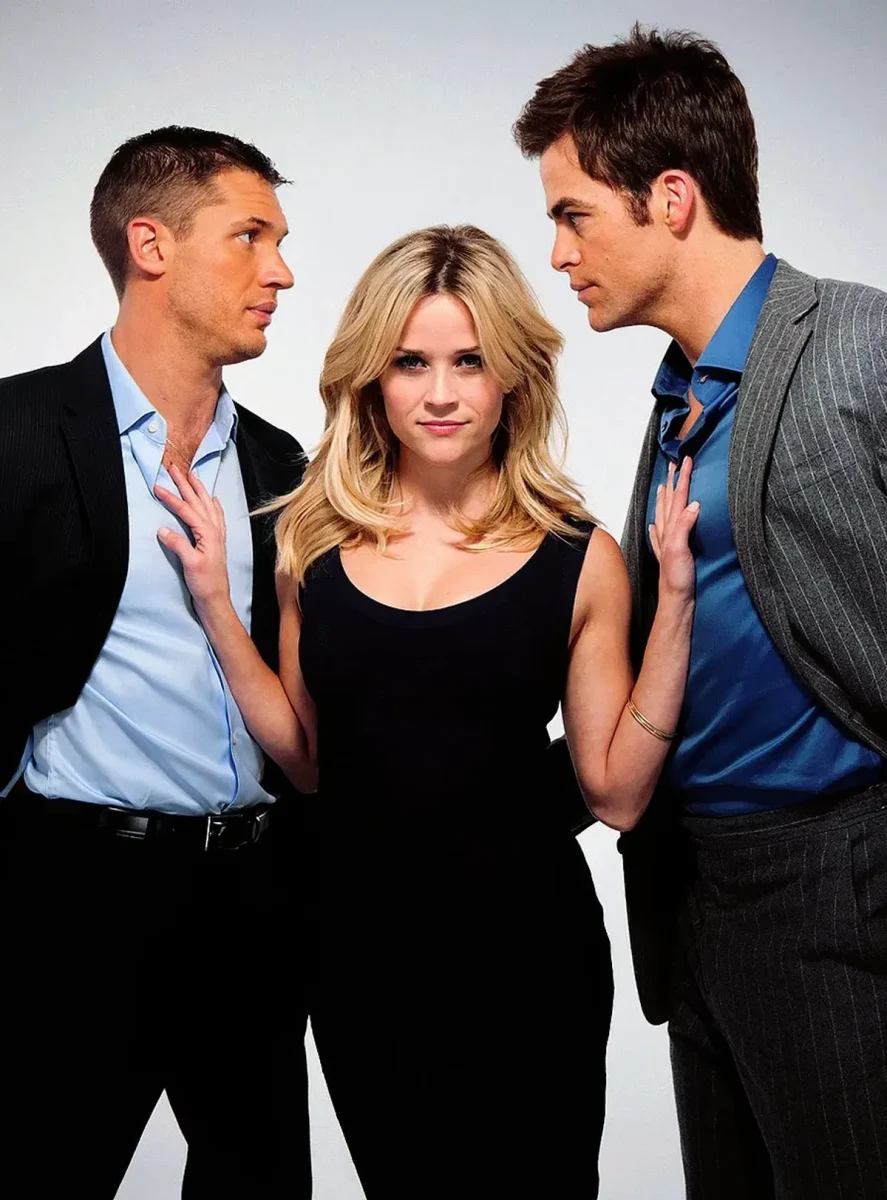


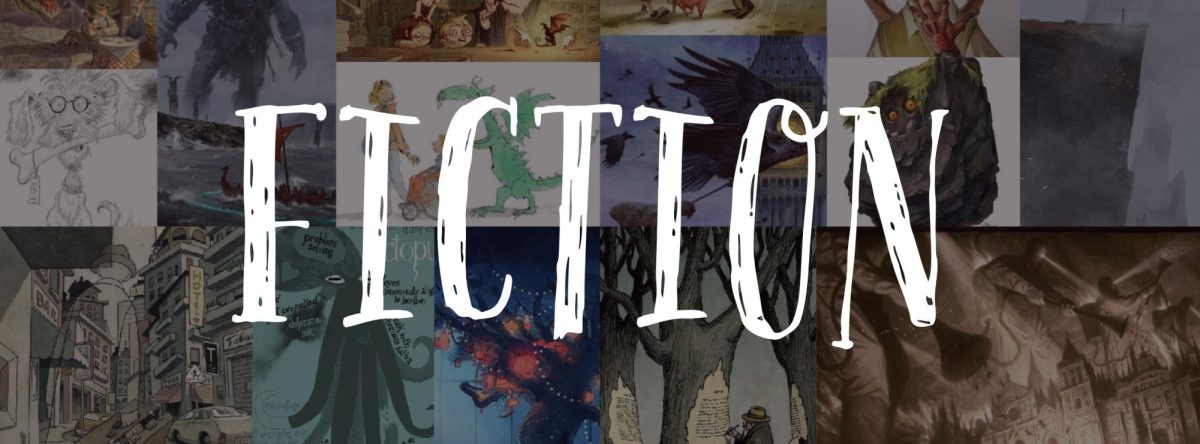

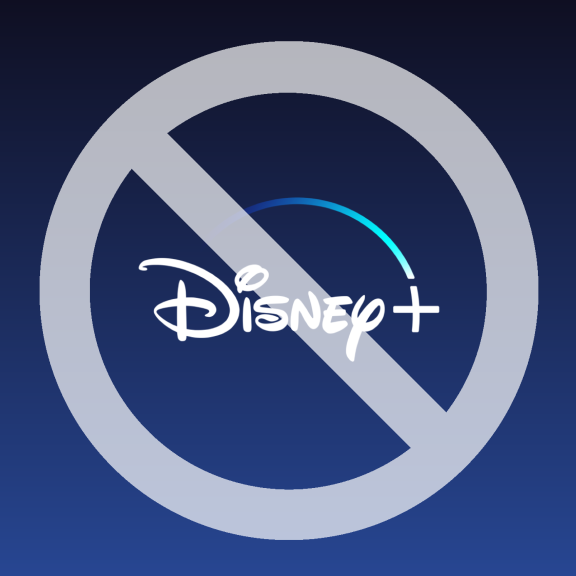
Sue • May 23, 2023 at 9:39 pm
Sorry, but I disagree. If you don’t like what is on, turn it off. Disney has made thousands of great movies and shows. If you don’t want the kids to see it, turn it off. I have Disney for the hundreds of other great shows. I don’t watch quite a few of them.
Susan Briggs • Oct 15, 2022 at 7:21 pm
I am proud to claim you as a former student!
Kay kelley • Oct 15, 2022 at 2:16 pm
How refreshing to read this wisdom coming from a high school perspective. Thank you, Cooper, for this detailed explanation of the indoctrination occurring at the Disney Company. Walt Disney would be appalled. Time for parents to take a stand against this evil. Thanks for taking the lead, Cooper!
Heidi Townsend • Oct 7, 2022 at 10:01 am
You’re completely right! Thank God I don’t have Disney+. What has this world come to, I wouldn’t be surprised if one day a bunch of parents rallied against this, Disney is supposed to be for kids. Amazing article!!
S. Duke • Oct 6, 2022 at 12:07 am
Coop, thanks for putting into a simple explanation why so many of us are disappointed with Disney. Lots of good research presented.